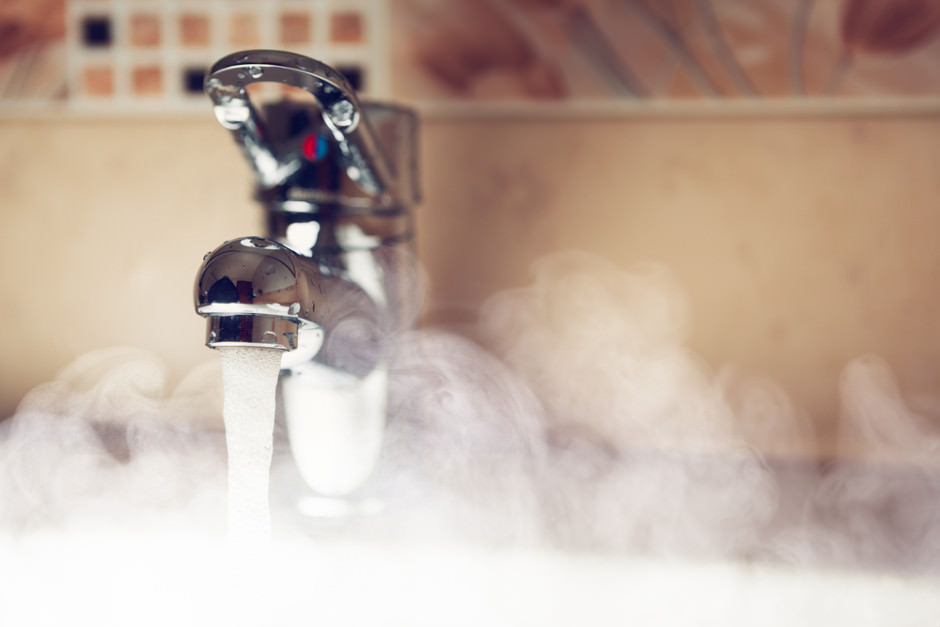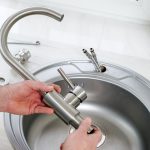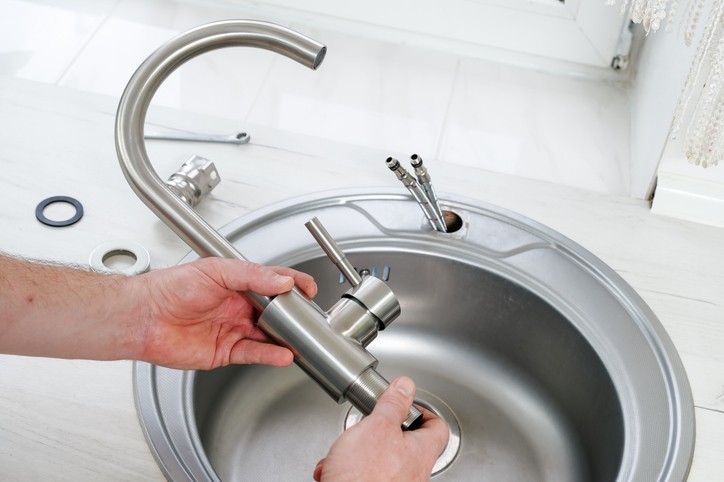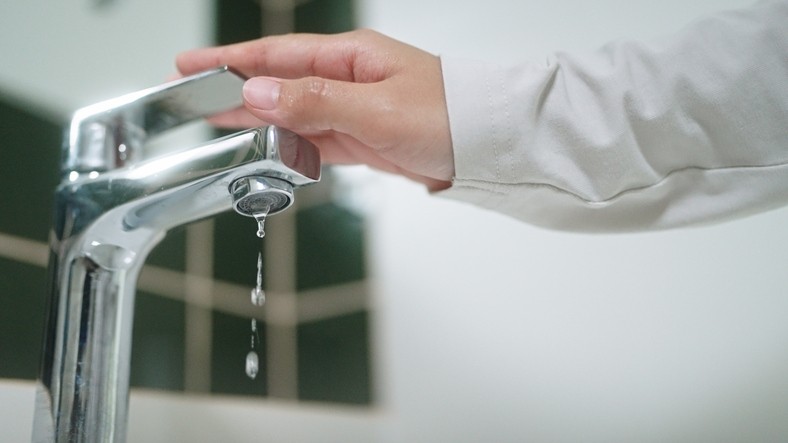A water heater’s job is simple – to heat cold water so you can do the various activities you rely on hot (or warm) water to accomplish, like showering or bathing, washing dishes, and doing the laundry.
So, what happens when that trusty appliance can no longer keep up with your household’s demands, or worse, breaks down beyond repair? In an effort to get hot water flowing ASAP, you might be tempted to purchase an updated version of what you currently have. But that’s not always the right course of action.
Continue reading to learn about the various water heater options available today and how to go about choosing the best one for your family’s needs and budget.

Conventional Gas
A conventional gas water heater, which burns natural gas or propane, features a cylindrical glass-lined metal tank with a gas burner placed underneath. Much like a stove, it heats the water in the tank while an exhaust system vents combustion gases to the outdoors. Gas heaters feature an automatic ignition system operated either by electricity or a standing pilot light.
Conventional Electric
A conventional electric water heater also has a cylindrical glass-lined tank. However, the water in the tank is heated by two resistive heating elements that go through the side of the tank. When the thermostat calls for heat, the elements glow red-hot, consuming approximately 4,000 watts of electricity. Because the tank is well-insulated the elements typically don’t need to stay on for long. Unlike gas, electric water heaters do not produce any emissions.
Hybrid
Hybrid water heaters employs a heat pump along with a refrigeration system. This system is used in conjunction with backup resistive heating elements, but uses far less electricity than a traditional electric unit. In fact, it is even cheaper to run than a conventional gas model, delivering energy savings of $400 or more each year. Hybrid units are taller than conventional tank-style water heaters, requiring a minimum air space of about 1,000 cubit feet, which limits where they can be installed.
On-Demand
Also knows as tankless water heaters, on-demand models switch on only when a fixture or faucet calls for hot water and switch off as soon as the fixture or faucet is closed. This eliminates the need for continuous re-heating of water whether it’s needed or not. In a home with normal water pressure, a properly sized on-demand water heater will deliver better energy-efficiency than a tank-style unit. However, it may not be ideal for a home with low or fluctuating water pressure as the unit’s sensors won’t switch it on unless it detects a certain flow rate of water.
Choosing the Right Size
If opting for a tank-style water heater, you’ll need to determine the ideal tank size to meet your family’s hot water needs. Follow this general guide:
- One to two people – 30 to 40 gallons
- Two to three people – 40 to 50 gallons
- Three to four people – 50 to 60 gallons
- Five or more people – 60 to 80 gallons
In addition to household size, there are several other factors that determine the right size of a tankless water heater. These include the number of hot water-using appliances, fixtures, and faucets, how many are typically used at the same time, and the average temperature of the groundwater which varies by region.
Having problems with your water heater? At Norhio Plumbing, we install, maintain, and repair all makes and models of residential hot water systems, and to your complete satisfaction. Contact us today for a free in-home evaluation of your family’s hot water needs and a new system quote.










Leave a Reply